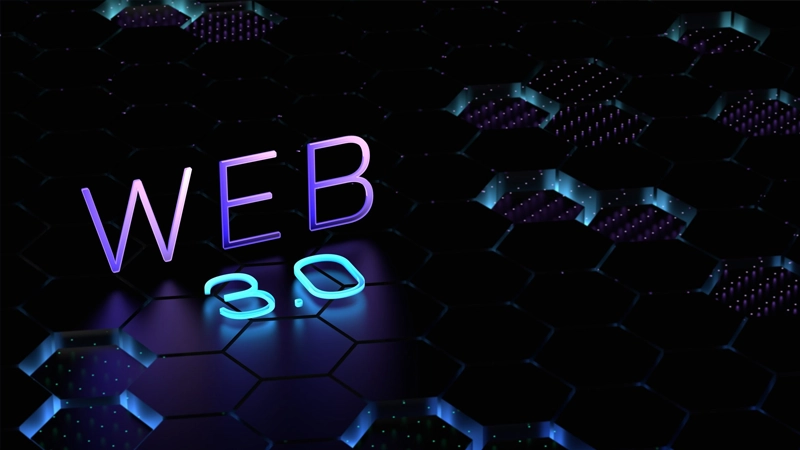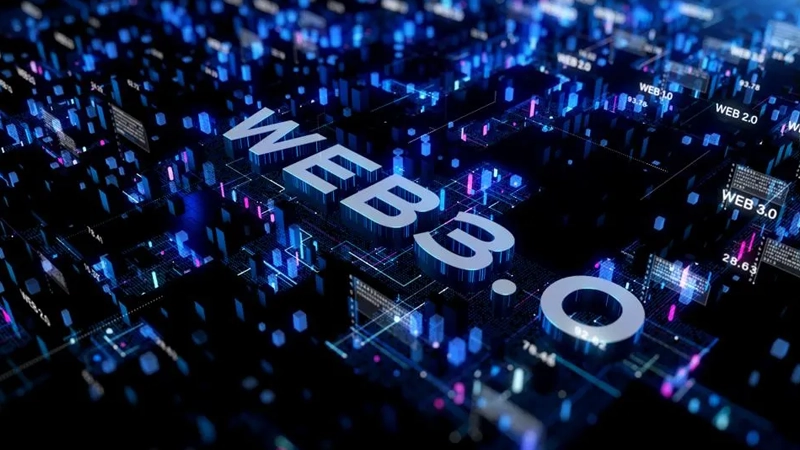
The internet is evolving rapidly, and we're transitioning from Web 2.0 to Web 3.0, also known as the decentralized web. As Web 3.0 continues to shape the digital landscape, it’s important to understand how this next iteration will impact website development and what changes businesses and developers should expect.
What is Web 3.0?
Web 3.0 is the next generation of the internet that aims to decentralize the web, giving users more control over their data, online identity, and interactions. Unlike Web 2.0, which is heavily reliant on centralized platforms (think Facebook, Google, Amazon), Web 3.0 focuses on blockchain technology, cryptocurrency, and decentralized networks. Here’s a breakdown of how Web 3.0 is transforming the web:
- Decentralization: Information and data are no longer stored on centralized servers, reducing the risks of data breaches and censorship.
- Blockchain: Transactions and data exchange are recorded securely on a public ledger, ensuring transparency and trust.
- Smart Contracts: These self-executing contracts allow for peer-to-peer transactions without the need for intermediaries.
Key Features of Web 3.0 for Website Development
- Decentralized Hosting and Data Storage
- Improved Privacy and User Control
- Enhanced Interactivity and Personalization
How Web 3.0 is Revolutionizing Website Development
- Smart Contract Integration for Transactions
- Decentralized Identity Management
- Improved SEO with the Semantic Web
- Data Security and Privacy Enhancements
Smart contracts enable automatic execution of agreements without intermediaries. For instance, websites in industries like eCommerce, real estate, and gaming can integrate smart contracts to securely handle transactions. This could revolutionize the way purchases, subscriptions, and licensing are handled on the web.
Traditional websites often rely on centralized identity systems (e.g., using social media accounts to log in). With Web 3.0, decentralized identities (DIDs) allow users to control their identity across multiple platforms without relying on a single authority. This ensures greater security and privacy.
Web 3.0 emphasizes semantic search, meaning websites will be able to better understand the context of user queries and deliver more relevant results. This will impact SEO by requiring more thoughtful content structure and metadata optimization.
In Web 3.0, data is stored securely using blockchain, reducing the risk of data theft and breaches. Websites will use cryptographic techniques to ensure that only authorized users have access to sensitive information, creating a safer online environment for visitors.
Challenges and Considerations for Web 3.0 Development
Web 3.0 is still emerging, and developers must learn technologies like blockchain and DeFi. The integration into current systems can be challenging.
Decentralized networks in Web 3.0 may struggle with scalability, requiring developers to address speed and efficiency for smooth user experiences.
Web 3.0's decentralization and privacy features may attract regulatory scrutiny. Developers need to stay updated on blockchain, crypto, and data privacy regulations.
How to Prepare Your Website for Web 3.0
To stay ahead in the world of Web 3.0, website developers and business owners should:
- Integrate blockchain solutions for data storage and transactions.
- Implement decentralized authentication systems to give users control over their data.
- Stay updated on emerging Web 3.0 technologies and their applications in website development.
- Start incorporating cryptocurrency payment options and smart contracts for seamless and secure transactions.

Conclusion
Web 3.0 promises to bring about a more decentralized, secure, and user-centric web. As website developers, it’s crucial to start thinking about how to integrate Web 3.0 elements into your projects. From decentralized hosting to AI-powered personalization, the potential for transforming user experiences and business operations is vast. By understanding and embracing these changes, you can stay ahead of the curve and create cutting-edge websites for the future.
